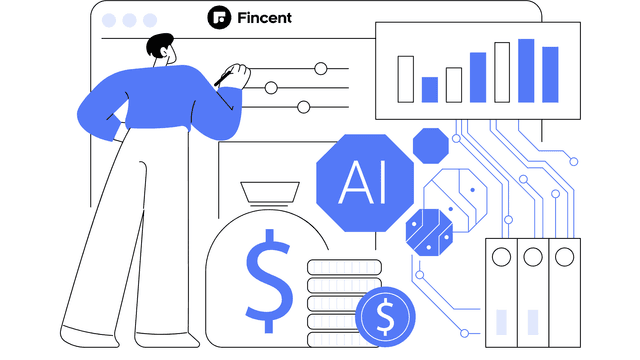- Glossary
- Levered Free Cash Flow
Levered Free Cash Flow
The amount of money a business has left over after paying all of its debts is known as levered free cash flow (LFCF). Unlevered free cash flow (UFCF), as opposed to levered free cash flow (LFCF), is the amount of cash a company has before making debt payments. Levered free cash flow is significant because it represents the sum of money available for dividend payments and business investments.
Formula and Calculation of Levered Free Cash Flow
LFCF = EBITDA - ΔNWC - CapEx - D
Where:
- EBITDA = Earnings before interest, taxes, depreciation, and amortization
- ΔNWC = Change in net working capital
- CapEx = Capital expenditures
- D = Mandatory debt payments
What can be determined from Levered Free Cash Flow
Levered free cash flow is a gauge of a company's capacity to grow and distribute profits (in the form of dividends or share buybacks) to shareholders. It can also serve as a gauge of a business's capacity to raise money through finance.
It could be challenging for a business to get more funding from a lender if it already has a sizable amount of debt and nothing in the way of a cash reserve after paying its debts. A corporation, however, becomes a more appealing investment and a low-risk borrower if it has a sufficient quantity of leveraged free cash flow.
Levered free cash flow does not always mean that a company is failing, even if it is negative. The business may have made substantial capital expenditures that are yet to begin paying off.
A brief period of negative levered free cash flow is manageable as long as the company can get the funds required to survive until its cash flow rises.
Levered Free Cash Flow (LFCF) vs. Unlevered Free Cash Flow (UFCF)
Levered free cash flow is the amount of money left over after all debts and other commitments have been satisfied. The amount of cash on hand before making debt payments is known as unlevered free cash flow. EBITDA less capital expenditures, working capital, and taxes equals UFCF.
In contrast to UFCF, which can be used to pay both debt holders and shareholders, LFCF is the cash flow available to pay shareholders. Levered free cash flow is regarded as being more crucial for investors to monitor as it serves as a more accurate gauge of a company's profitability.
Key Takeaways
- Levered free cash flow (LFCF) is the money that remains after a business has paid all of its obligations.
- Even if an organization has a positive operating cash flow, it might nonetheless have a negative levered free cash flow.
- Levered free cash flow can be used by a firm to make dividend payments, repurchase shares, or make new investments in the company.
- Cash available prior to making debt payments is known as unlevered free cash flow (UFCF).


